My Favourite Painting: Clare Matterson
Clare Matterson of the RHS chooses an abstract image.
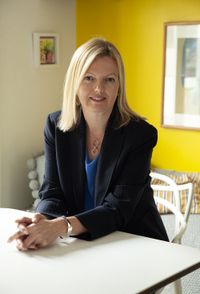
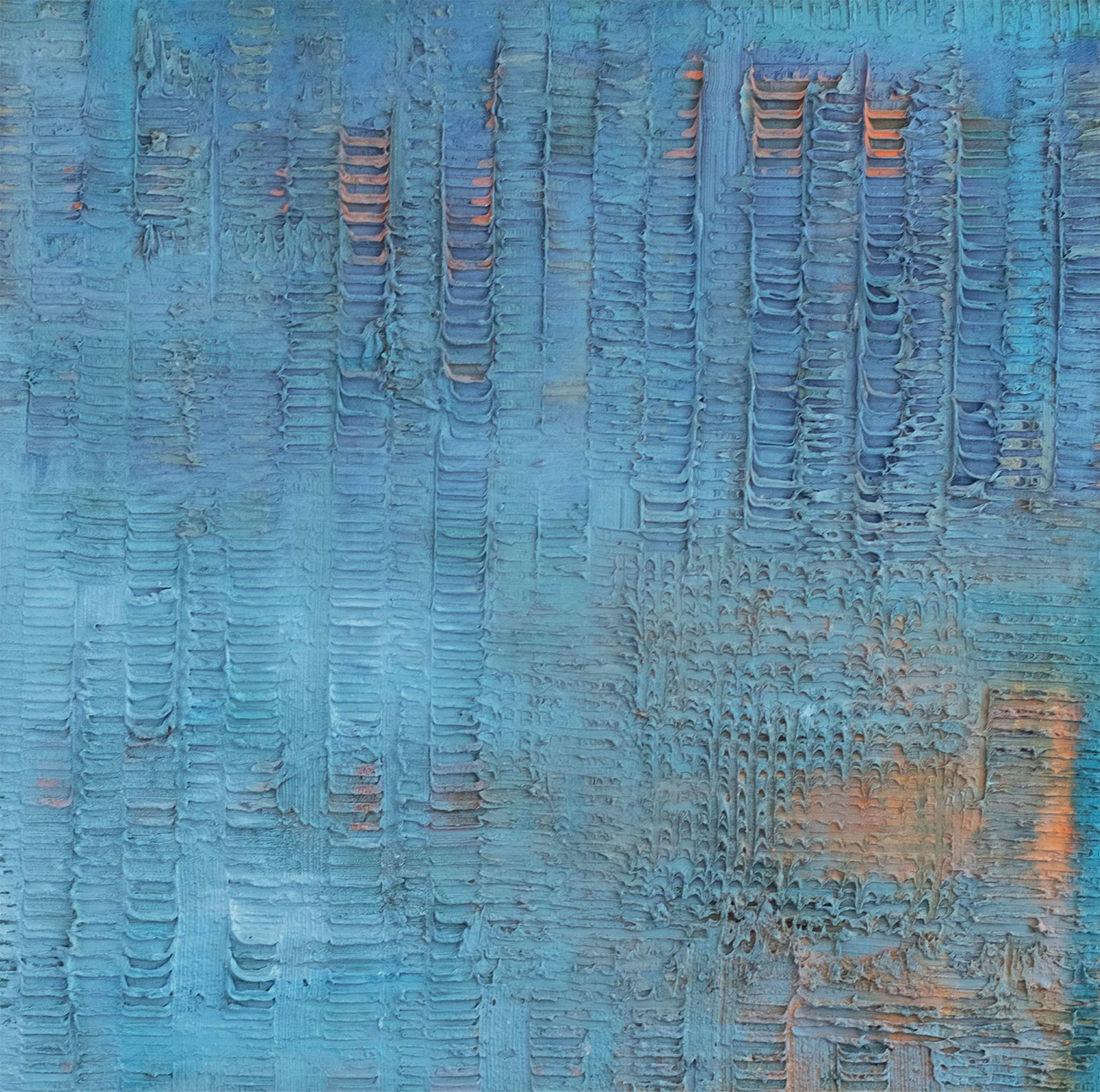
Clare Matterson on Drift by Martin Battye
‘I started my love affair with Suffolk in my thirties — falling not only for its big skies and shifting light, but also the textures and colours across shingle, sand and mud where rivers meet sea. When I encountered Drift, it captured what I had grown not only to love, but also to need, as respite from the city. The layering of colour and the strong lines are strangely representational of the mix of sky, water and land encountered on remote walks. The artist, Martin Battye, grew up in Suffolk, so I can only imagine that these landscapes are part of his being, giving him an uncanny ability to transfer to them canvas’
Clare Matterson is the new director-general of the Royal Horticultural Society.
Charlotte Mullins comments on Drift
Martin Battye is an abstract artist who creates light-filled, atmospheric canvases. In Drift, his grid-like format threatens to break down under the weight of paint, the skeins that form vertical ladders reduced to soft peaks on the bottom right as the peach ground pushes through. The surface feels alive, organic, as if it were breathing. Each of Mr Battye’s works is rooted in the colour theories of Johann Wolfgang von Goethe and Immanuel Kant’s philosophical musings on beauty; he says he is happy to let the paint guide him, to wallow in its tactility and inherent expressive power.
Drift is a heavily impastoed canvas dominated by blue and framed by a painted edge in flat peach paint. Mr Battye’s interest in Seurat’s experiments in colour informs his use of the complementary colour on the painted frame and the thin red edge that separates the peach from the blue, adding a crackle of energy. However, the painting itself has more of Monet’s nuanced use of colour and the turquoise paint pulses with white, cobalt, orange.
Mr Battye trained at the Winchester and Sunderland Schools of Art before a career in healthcare. Originally a landscape painter, he now paints full time again and concentrates on abstraction. He experiments with paint as an expression of light and space, at times switching styles to explore new ways to communicate. He quotes the Op Art painter Michael Kidner to explain what he is striving for: ‘Unless you read a painting as a feeling, then you don’t get anything at all…’
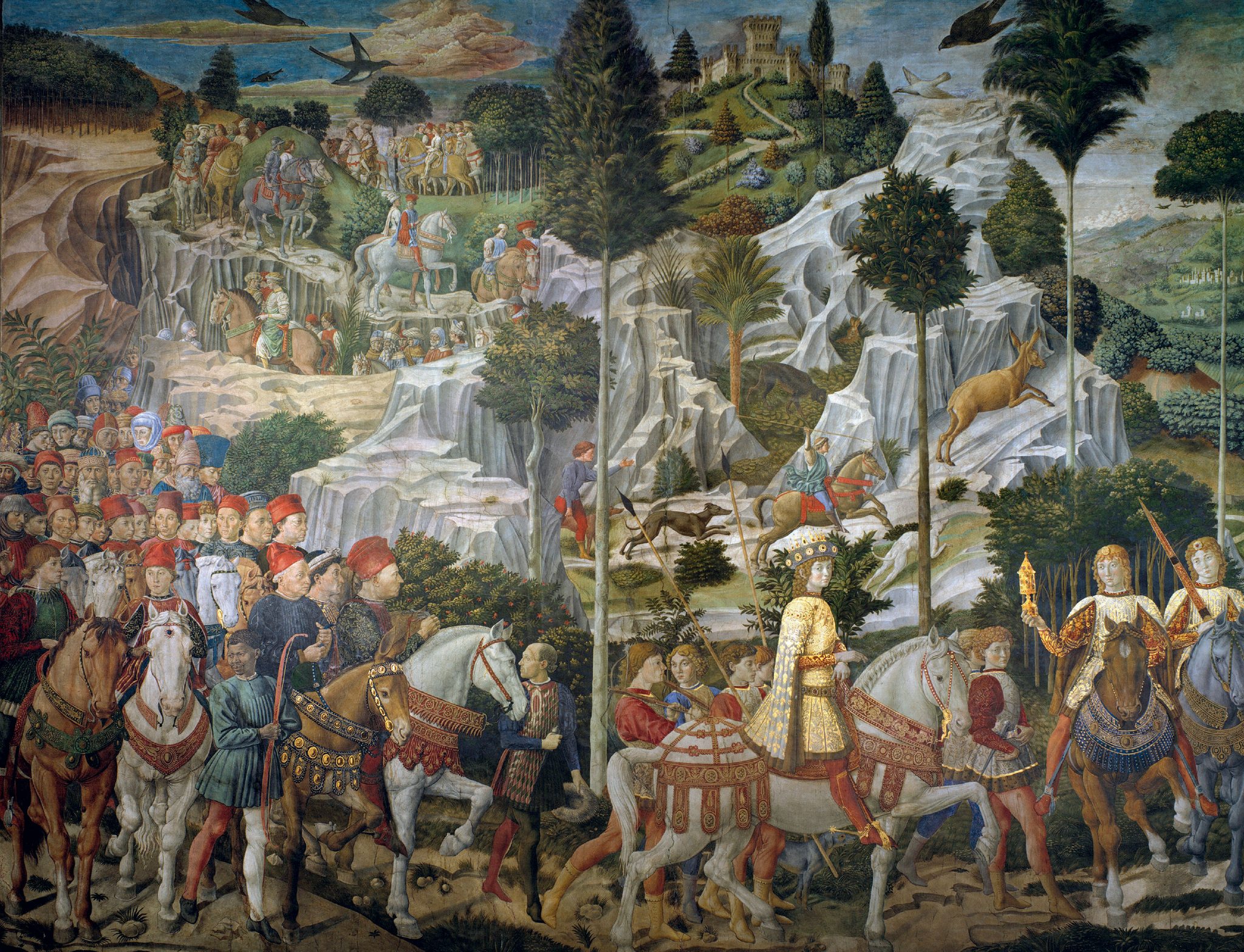
My Favourite Painting: Teresa Dent
Teresa Dent of the GWCT chooses a glorious Renaissance masterpiece.
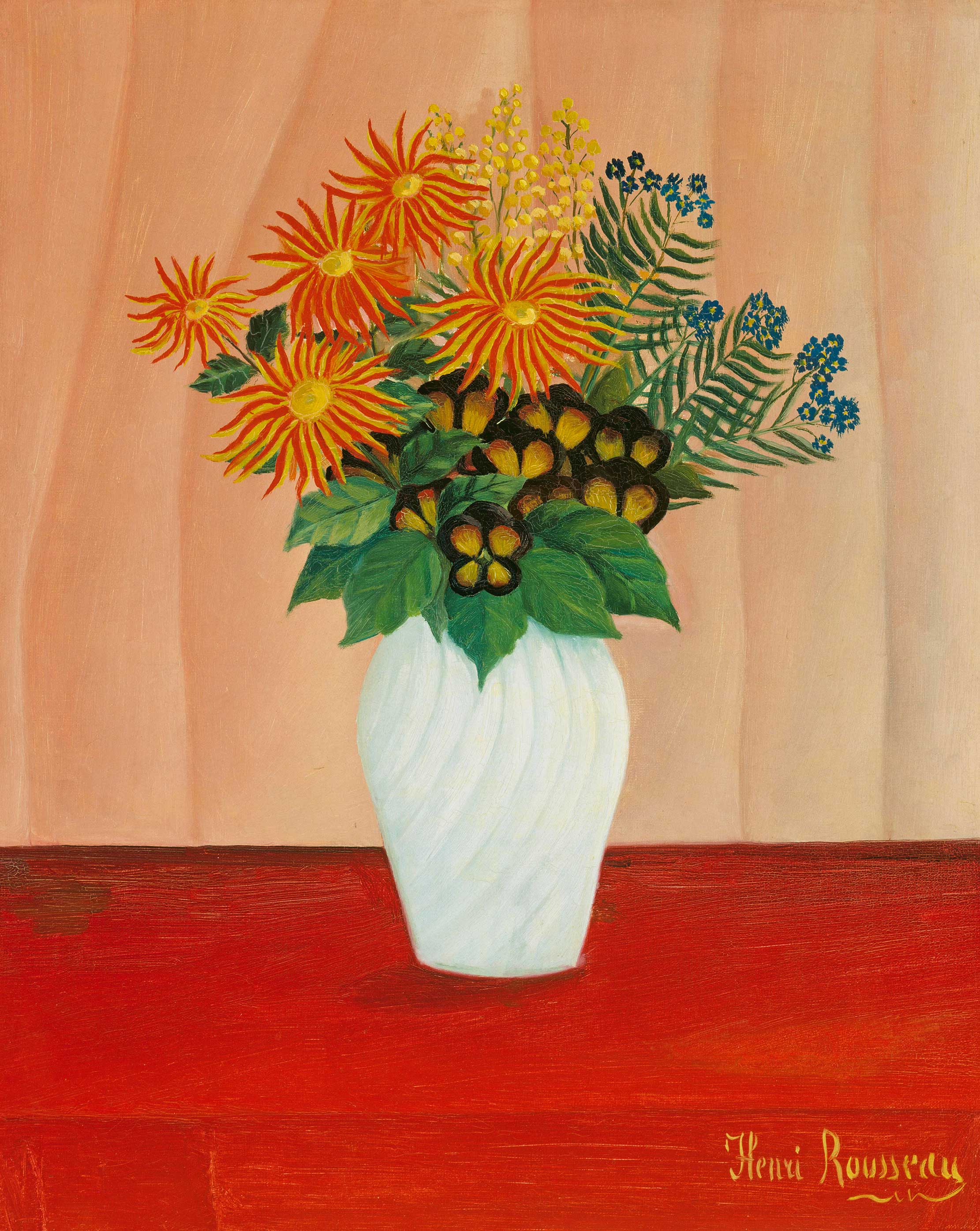
My favourite painting: Charlie McCormick
Charlie McCormick makes his choice: a Henri Rousseau classic.

My favourite painting: Timothy Mowl
Timothy Mowl chooses The Brera Altarpiece by Piero della Francesca, a piece which he calls 'The Early Renaissance at its
Exquisite houses, the beauty of Nature, and how to get the most from your life, straight to your inbox.

My favourite painting: Nigel Prince
Nigel Prince, director of Artes Mundi, on a mesmerising image by Anwar Jalal Shemza.
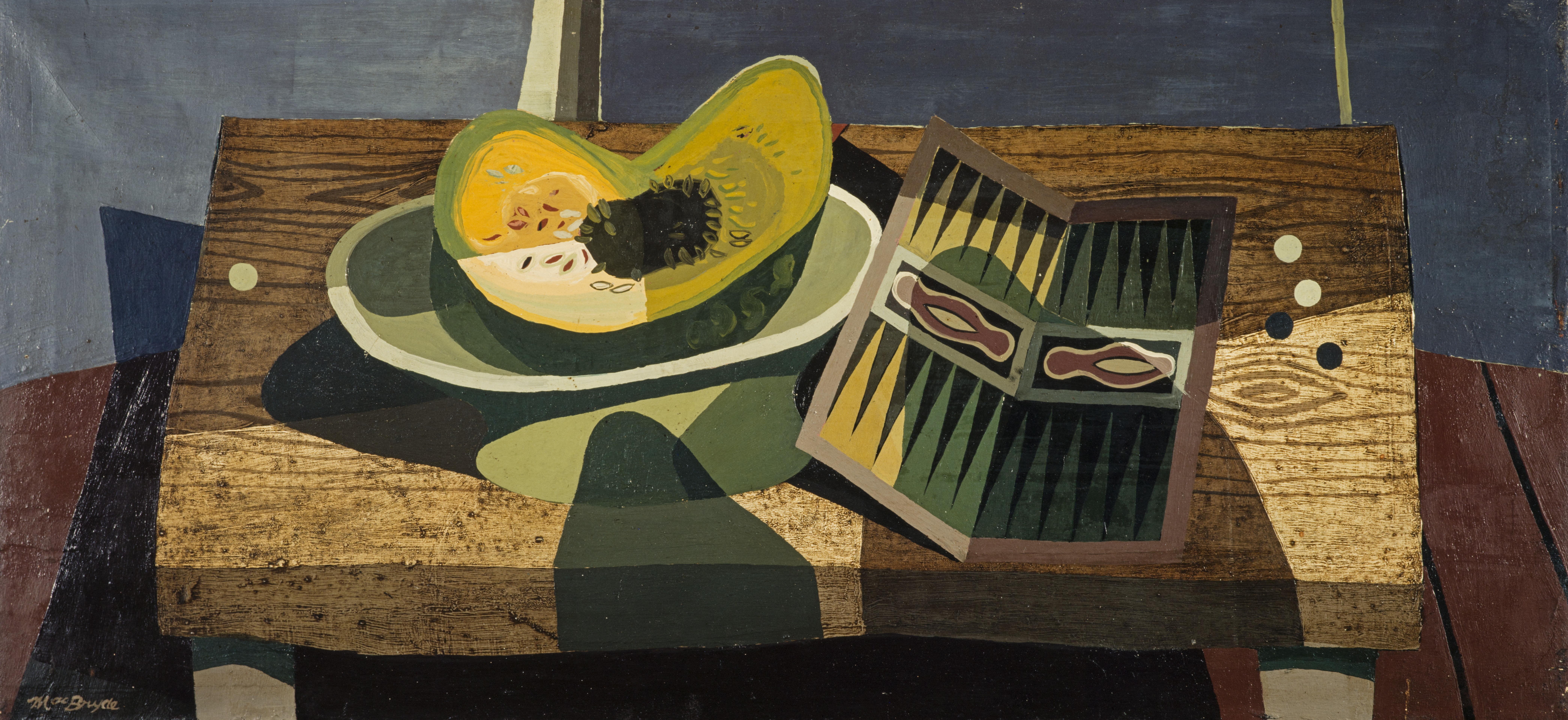
My favourite painting: Annie Sloan
The author and paint company founder loves this Cubism-inspired still life for its colour and contradiction.
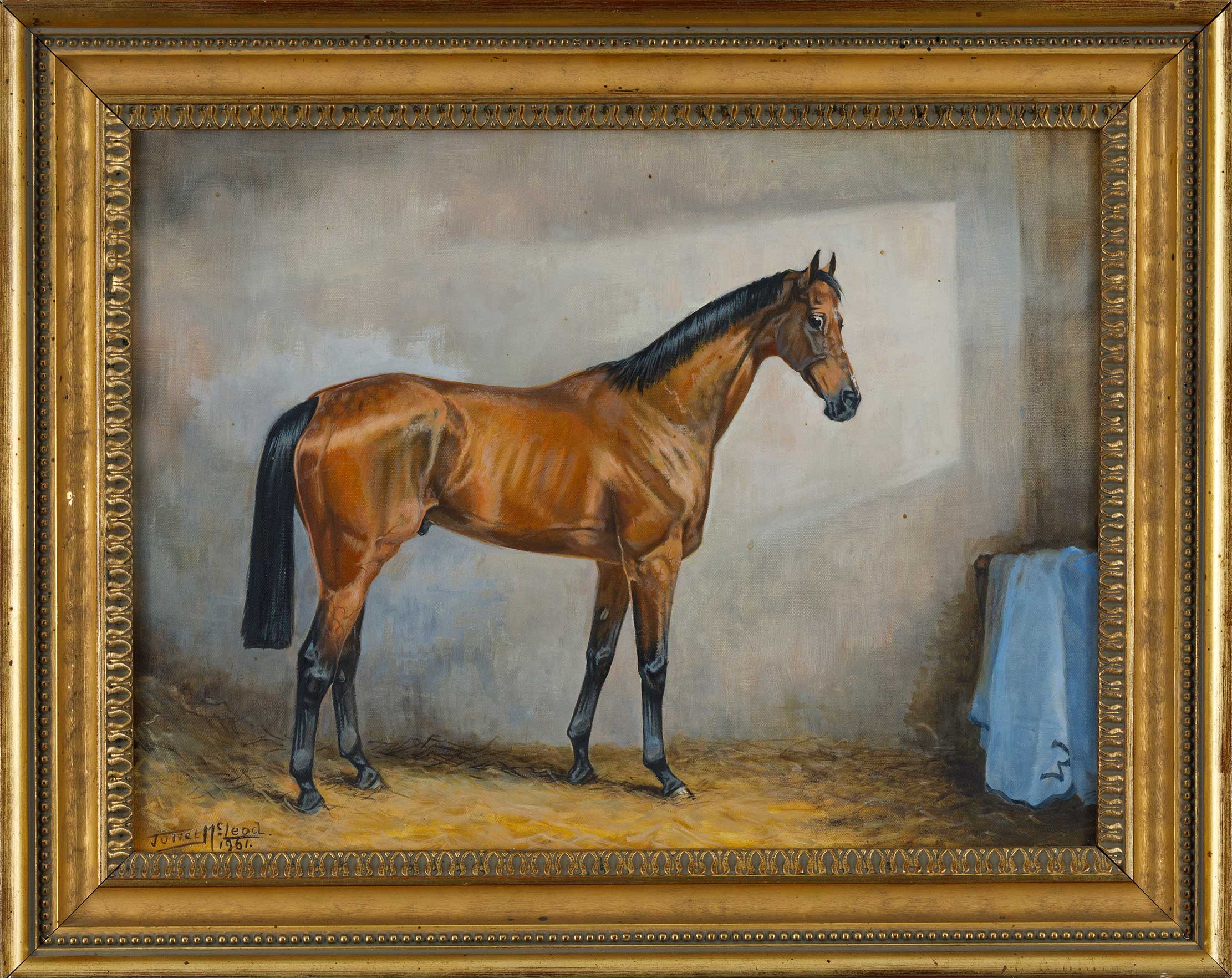
My favourite painting: Mick Channon
The racehorse trainer Mick Channon chooses a painting of a horse.
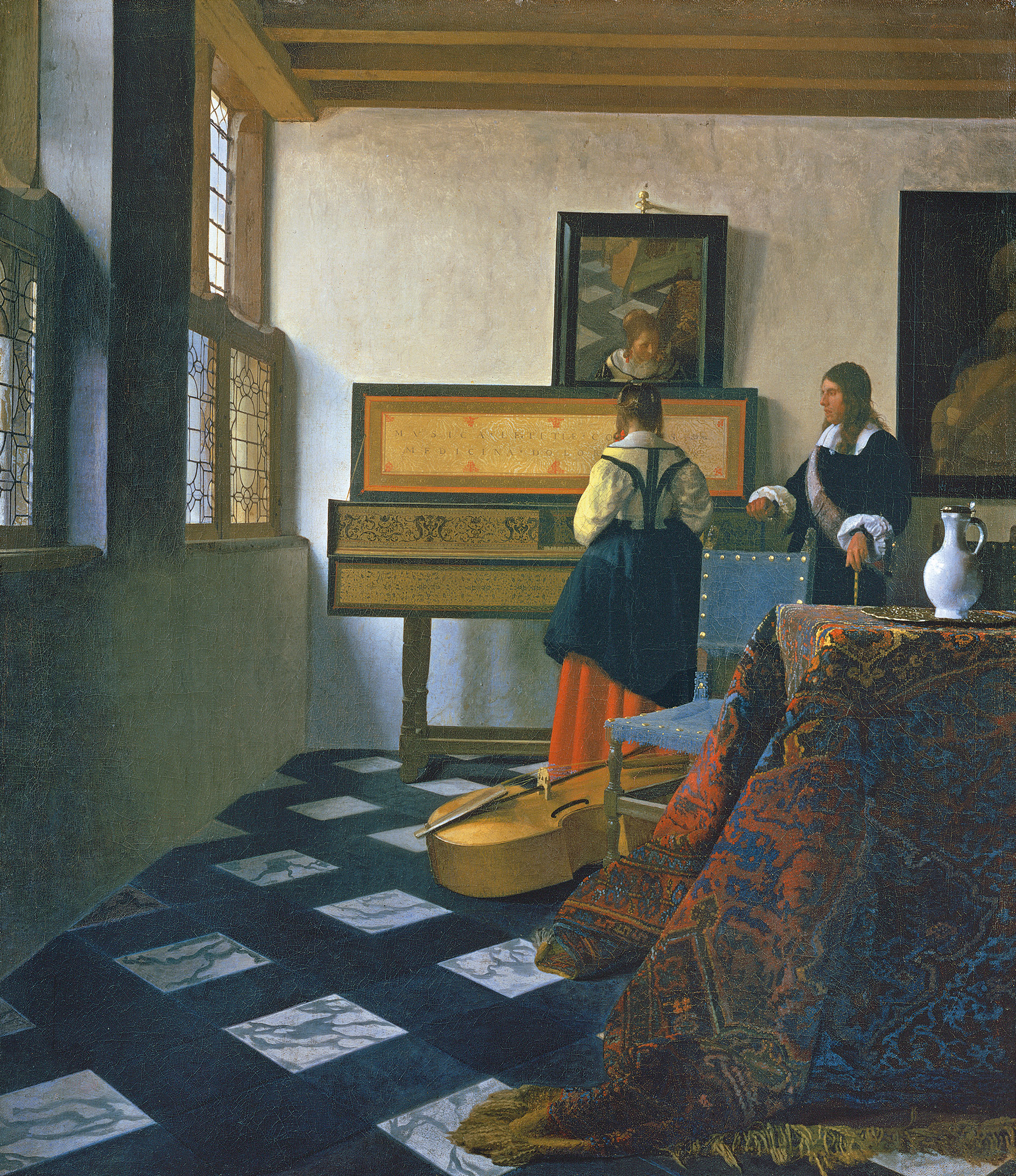
My Favourite Painting: Laurence Cumming
Laurence Cumming chooses one of the few works attributed with certainty to Johannes Vermeer.

My favourite painting: Saad Eddine Said
Saad Eddine Said of the New Art Exchange chooses a fascinating modern painting that's full of classical influences.

My favourite painting: Tarka Russell
The director of London's Timothy Taylor Gallery enthuses about the connection between Heaven and Earth depicted in this gigantic, colourful

My favourite painting: Richard Anderson
Tailor Richard Anderson picks an image of a smartly-dressed gentleman.
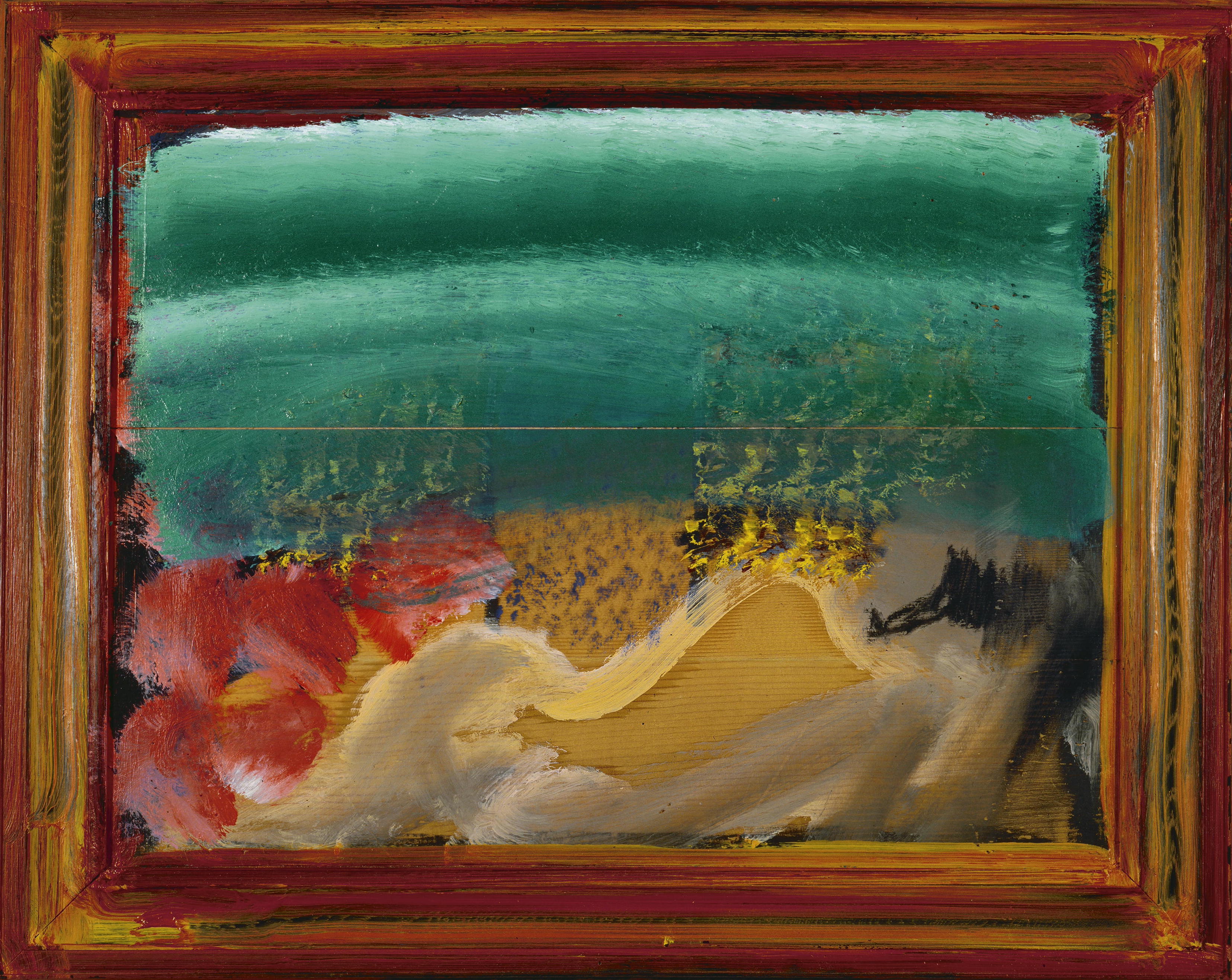
Credit: Howard Hodgkin, DACS / Artimage 2021
My favourite painting: Martin Brudnizki
Interior designer Martin Brudnizki chooses Waking Up in Naples by Howard Hodgkin.
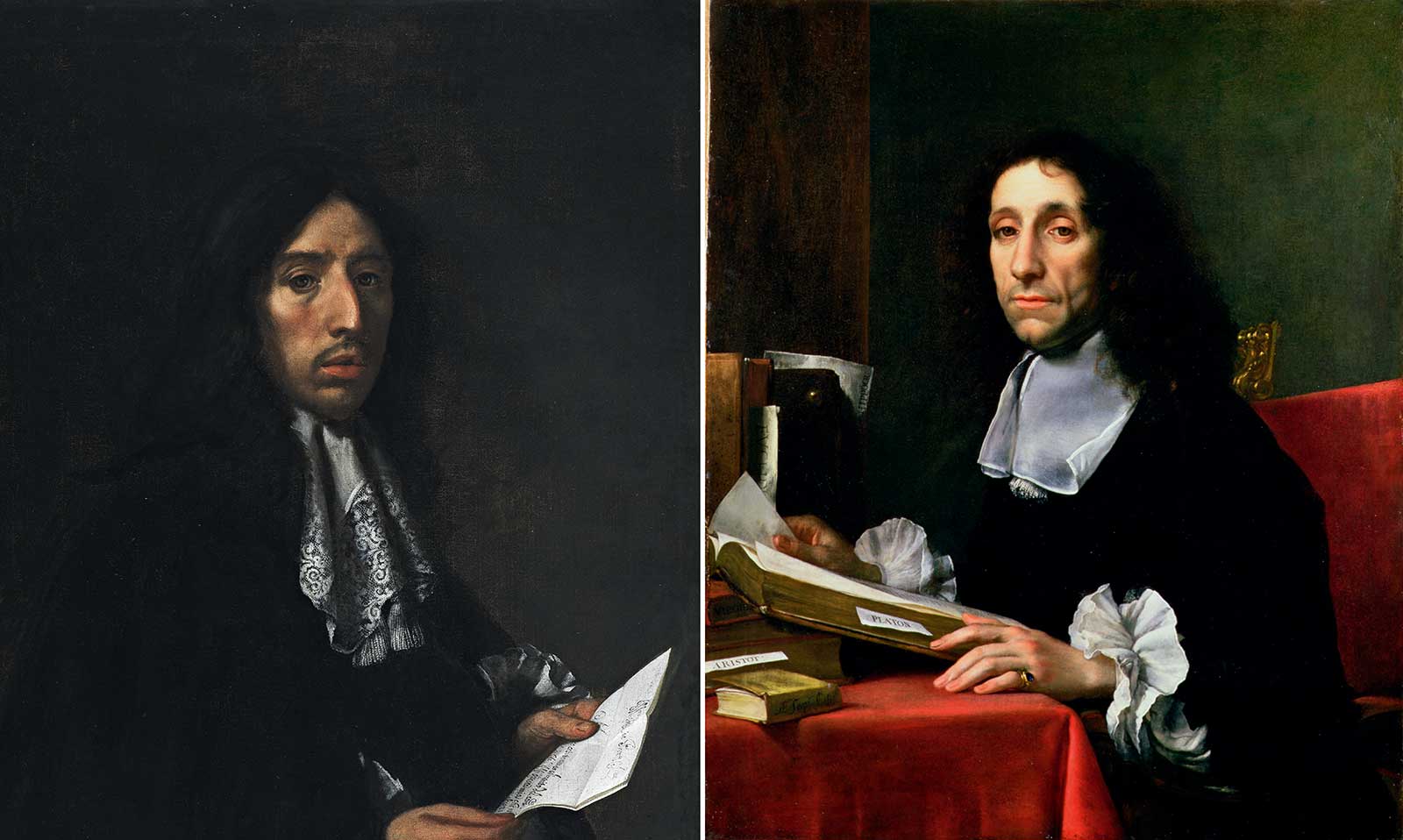
My favourite painting: Dr Jean Wilson
Dr Jean Wilson, a specialist in the iconography and emotional history of English Renaissance funerary monuments, chooses Sir John Finch

Charlotte Mullins is an art critic, writer and broadcaster. Her latest book, The Art Isles: A 15,000 year story of art in the British Isles, will be published by Yale University Press in October 2025.